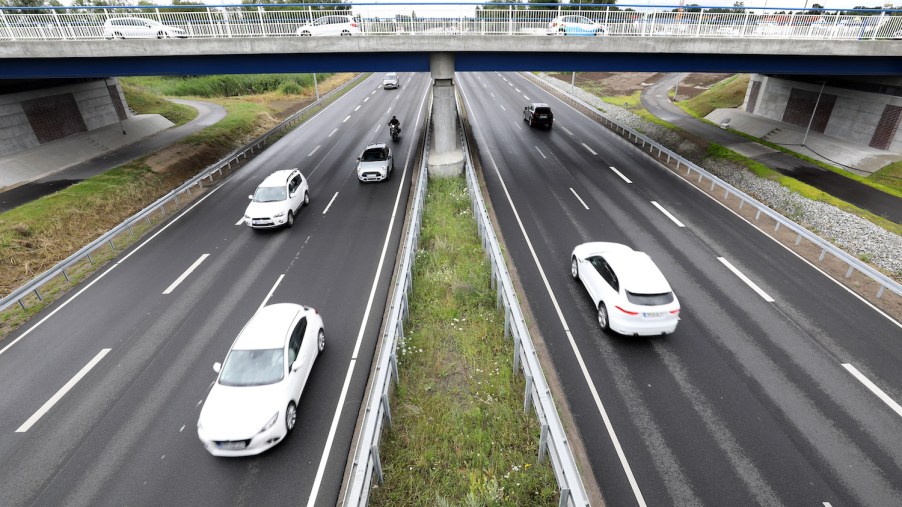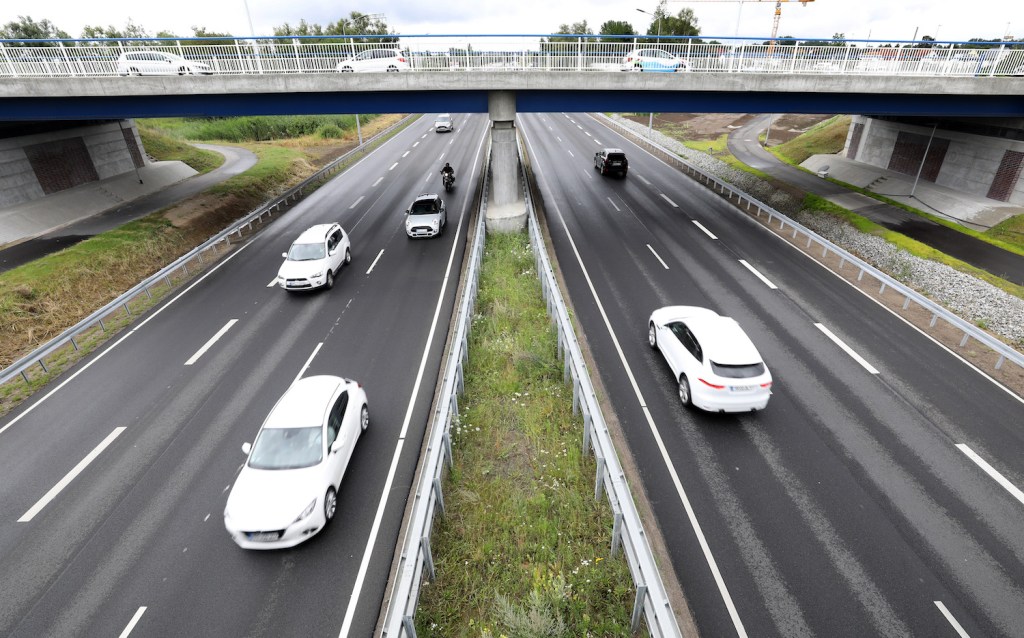
There’s a Right and Wrong Way to Break In a New Car
You’ve gone through negotiations, have signed along the dotted line, and are now the proud owner of a new car. Now what? Do you have to break in a new car? If you want your new car to last, doing so is a good idea. Don’t just take our word for it, though.
Do you have to break in a new car?
As it turns out, it all depends on who you ask. In fact, according to Consumer Reports, while some automakers say that a new car needs to be broken in, other automakers don’t quite feel the same. Take, for instance, Volvo.
“I reached out to a manufacturer, in this case Volvo, and they said there is no prescribed or necessary break-in procedure with their newer cars,” explained Mike Monticello, Consumer Reports’ road-test manager. “The powertrain continuously adapts to the driver’s style, and break-in is not really necessary.”
However, while Volvo says there’s no necessary break-in period for its new cars, that’s not necessarily the case for all new cars. Take, for example, the 2019 Mazda3. According to Consumer Reports, the owner manual for its 2019 Mazda3 test car says that no special break-in process is necessary. However, the automaker does still give recommendations for breaking in a new Mazda.
How should you break in a new car?

Now, if you do plan on breaking in your new car, chances are you’re wondering the best way to go about it. Well, you’re in luck. In Mazda’s case, it recommends against racing the engine when a car is new. The automaker also says it’s best to avoid driving at the same speed for long periods of time. Additionally, Mazda recommends against driving constantly at full throttle. The automaker also suggests avoiding unnecessary hard stops and full-throttle starts.
BMW has some suggestions for breaking in a new car too. First, avoid running the engine at high RPM for the first 1,300 miles. Once you’ve surpassed the 1,300-mile mark, you can gradually increase both your speed and your engine’s RPM. BMW also recommends keeping a few things in mind when breaking in a new car. First, remember that your car’s brake pads and discs need time to adjust and, according to BMW, won’t have their full effect until about 300 miles. The same goes for tires, which for the first 200 miles, won’t provide their full grip.
How long does it take to break in a new car?
There’s no beating around the bush here. Break-in times do vary. In fact, according to HowStuffWorks, it all depends on the make and model of your new car, along with a few other variables. For example, Subaru recommends owners drive below 4,000 RPM for the first 1,000 miles of ownership, regardless of which Subaru model you find yourself behind the wheel of.
Meanwhile, Nissan suggests its GT-R should not be driven at more than 50 percent throttle or over 3,500 RPM for the first 300 miles and Chevy recommends a two-stage break-in for new Corvette owners. In fact, for the first 500 miles of ownership, the automaker recommends drivers not only avoid driving at full throttle but also stay below 4,000 RPM.
Is there a wrong way to breaking in a new car?
Yes, there is a wrong way to break in a new car. In fact, according to CNET, you should avoid all of the following when breaking in your new car:
- Don’t drive your new car at its top speed. Avoid driving with a wide open throttle too.
- Avoid hard stops during the break in period. Remember, your new car’s brakes still need to settle in.
- Steer clear of any towing duties. While hitching a boat to your new truck might be tempting, CNET recommends against towing during a new car’s break in period.
Taking care of your new car will ensure its longevity
While not all new cars require a break-in period, there are several benefits to breaking in your new car the right way. Not only can it improve your car’s fuel economy but it can also help ensure its overall longevity, CNET reports.



